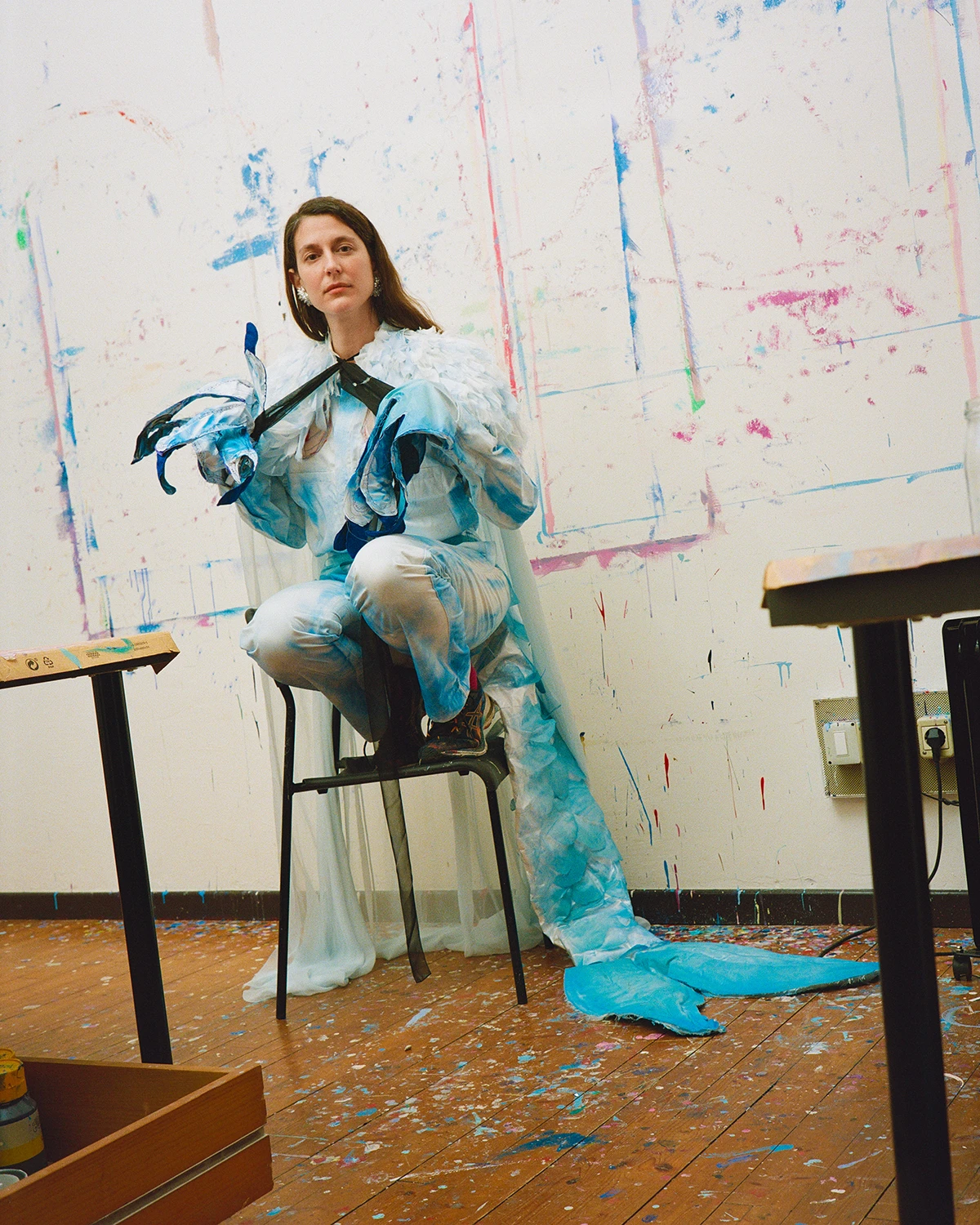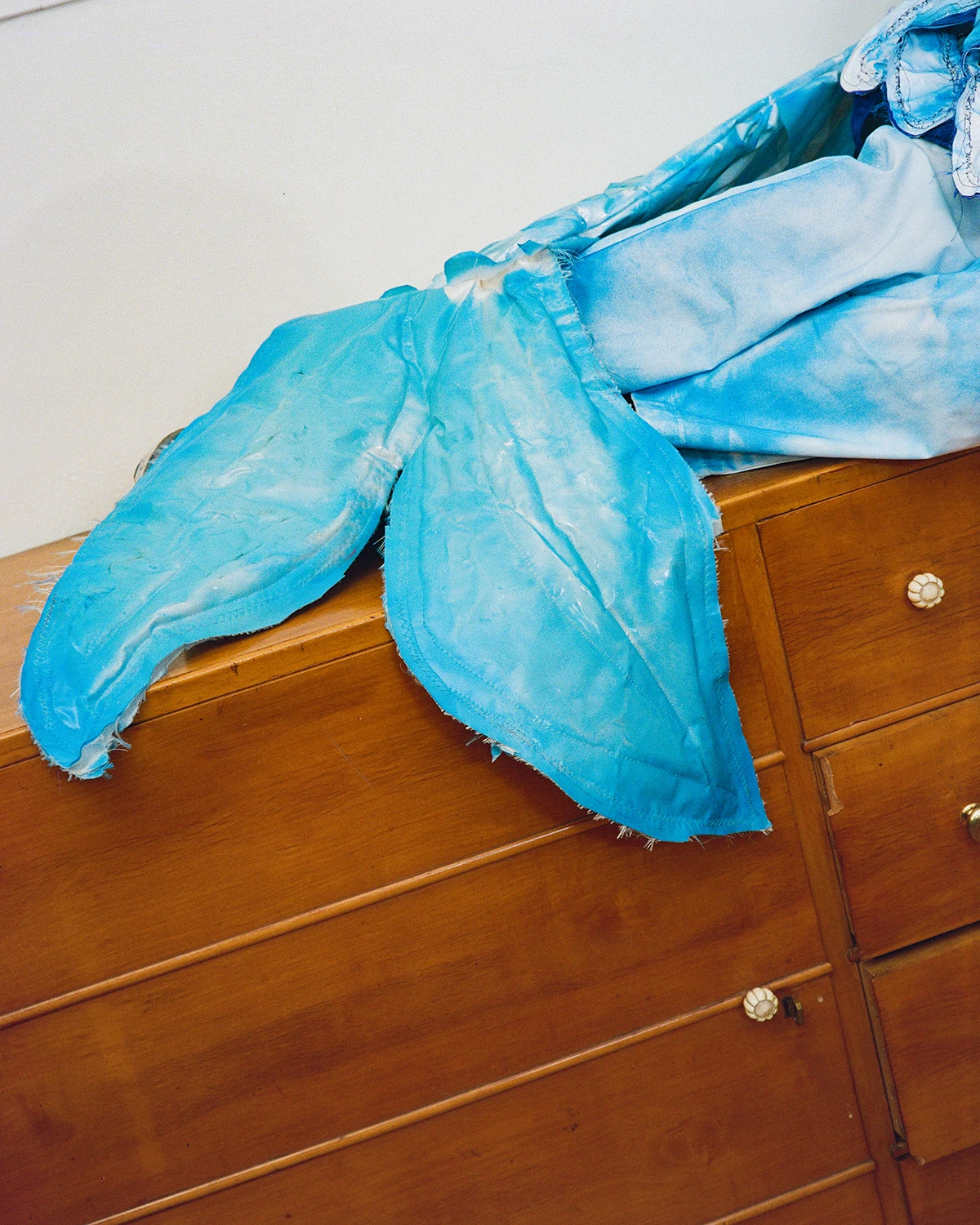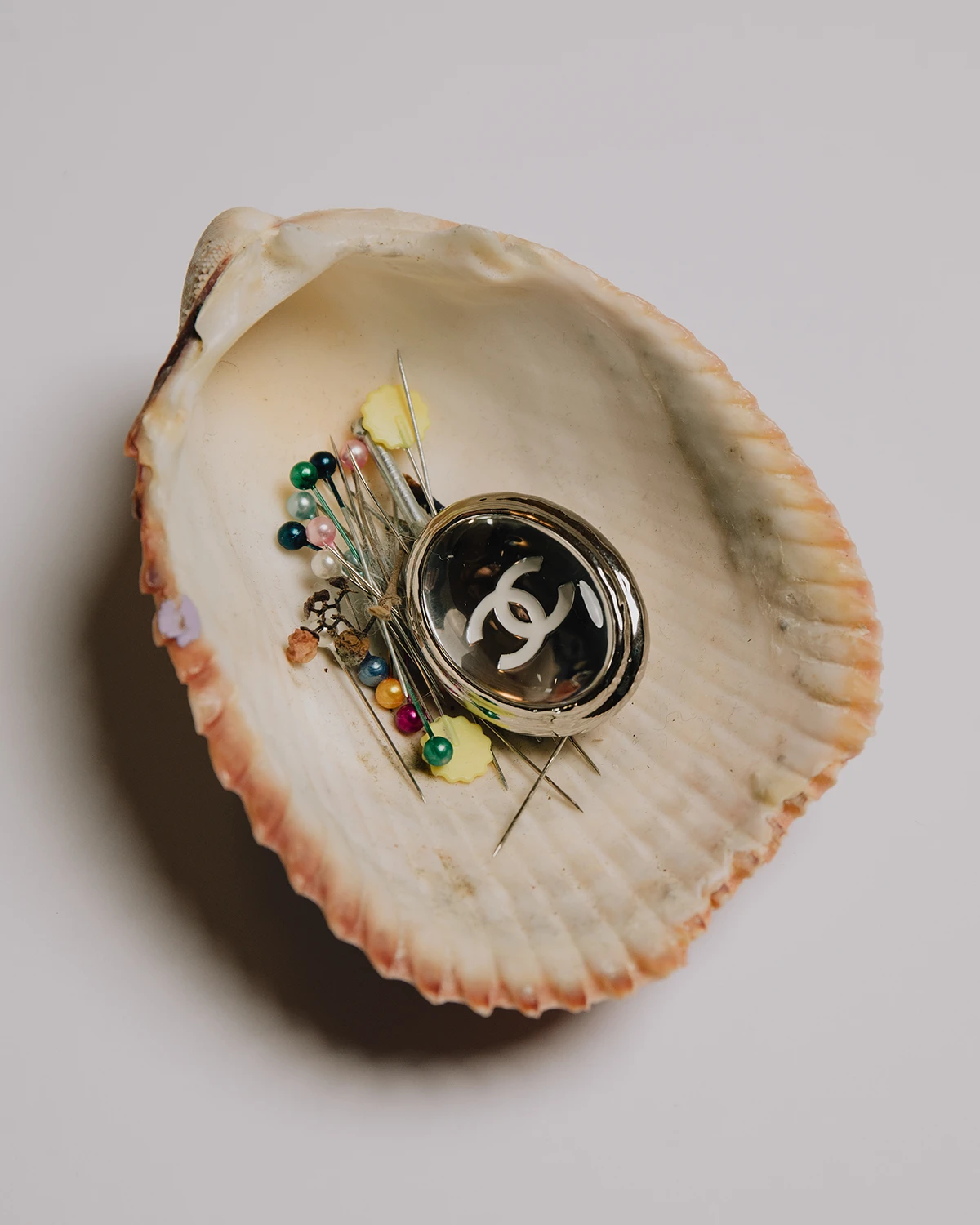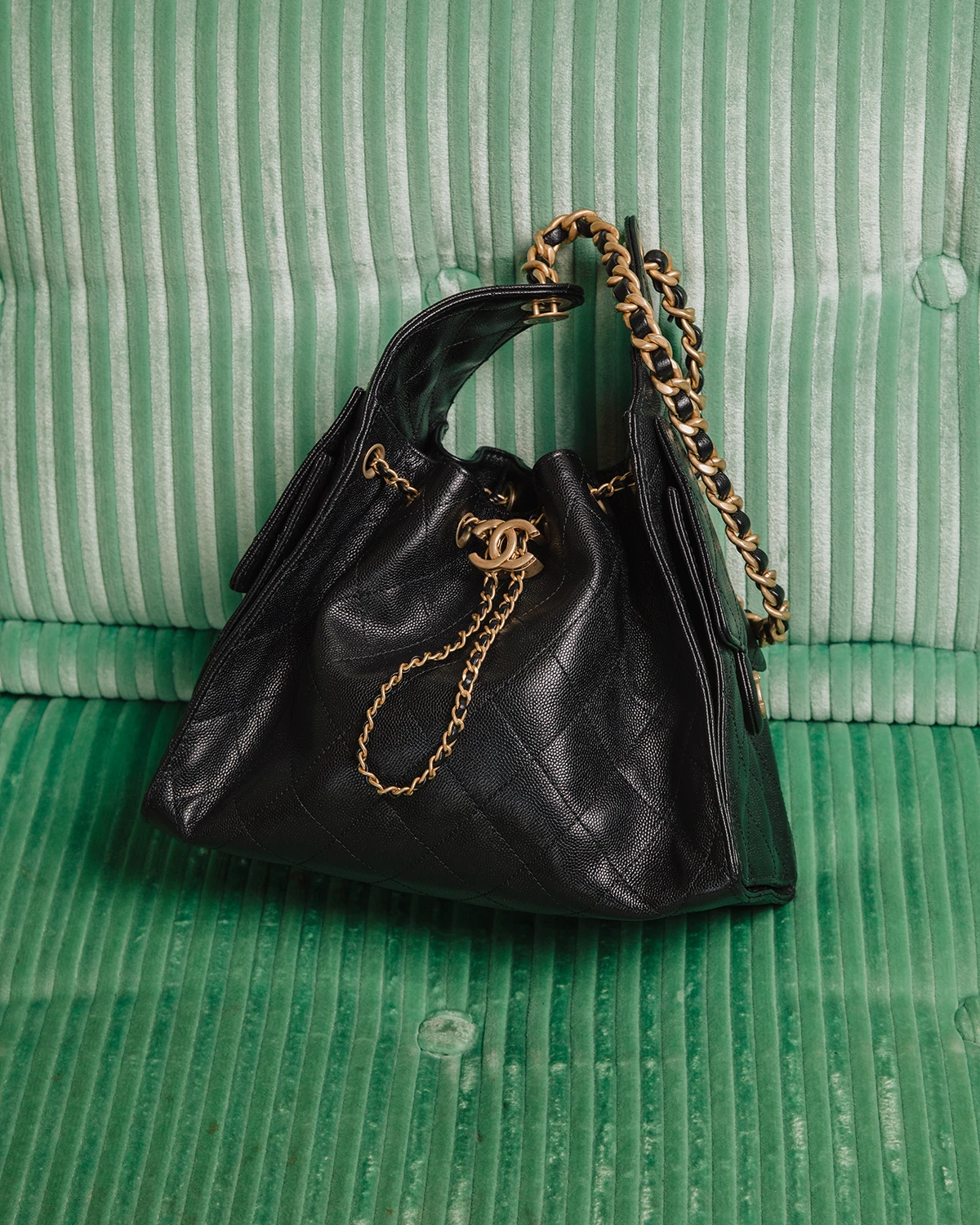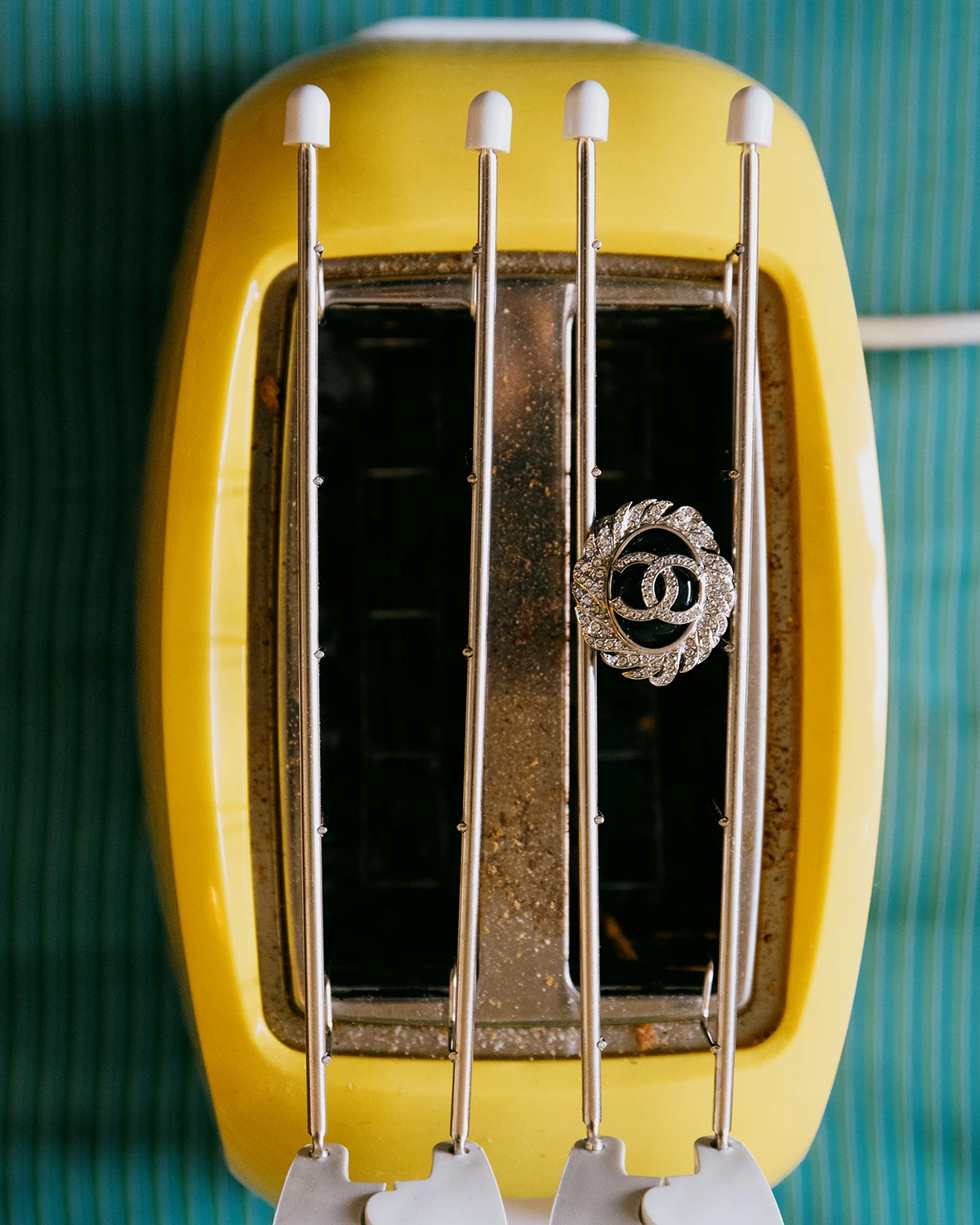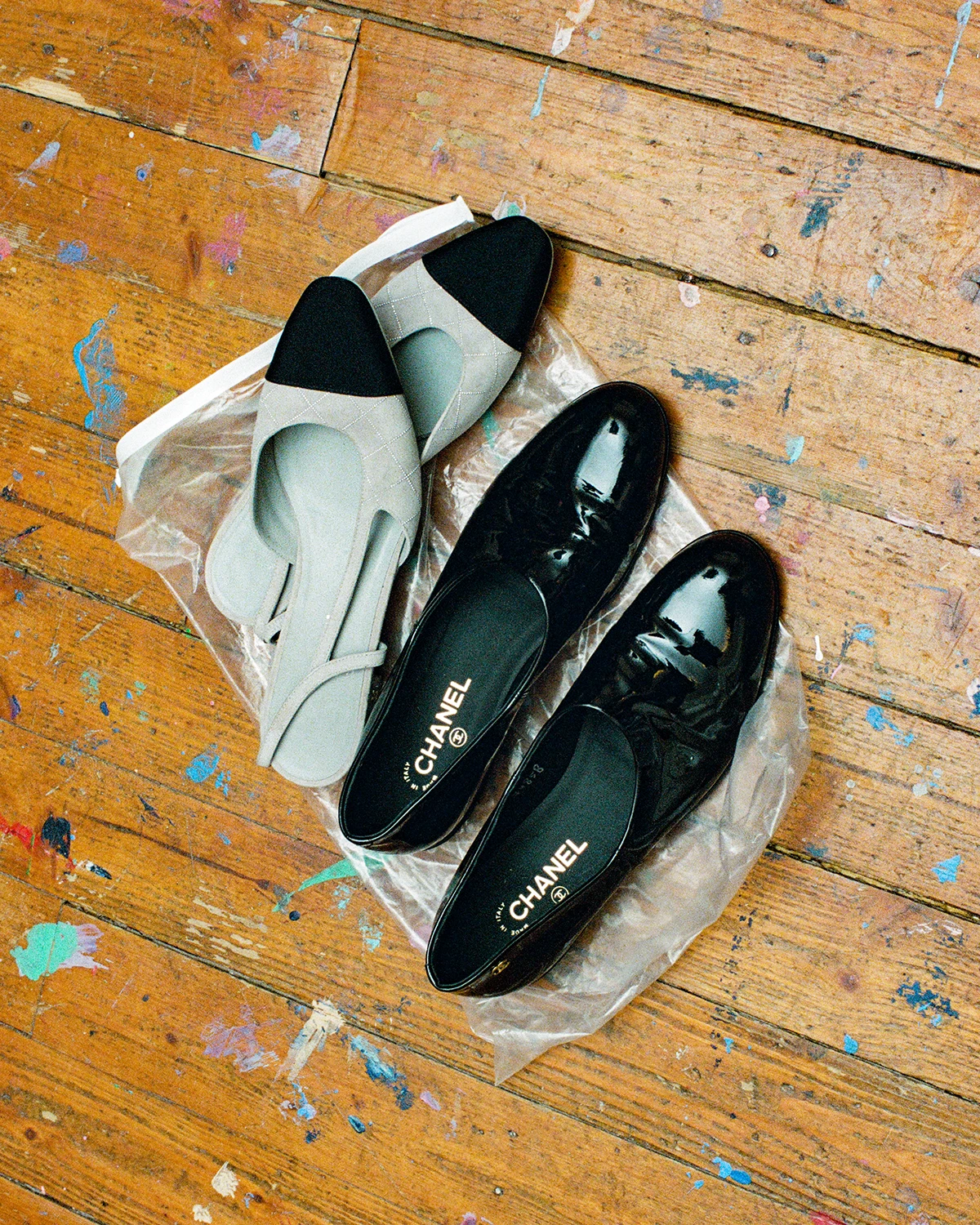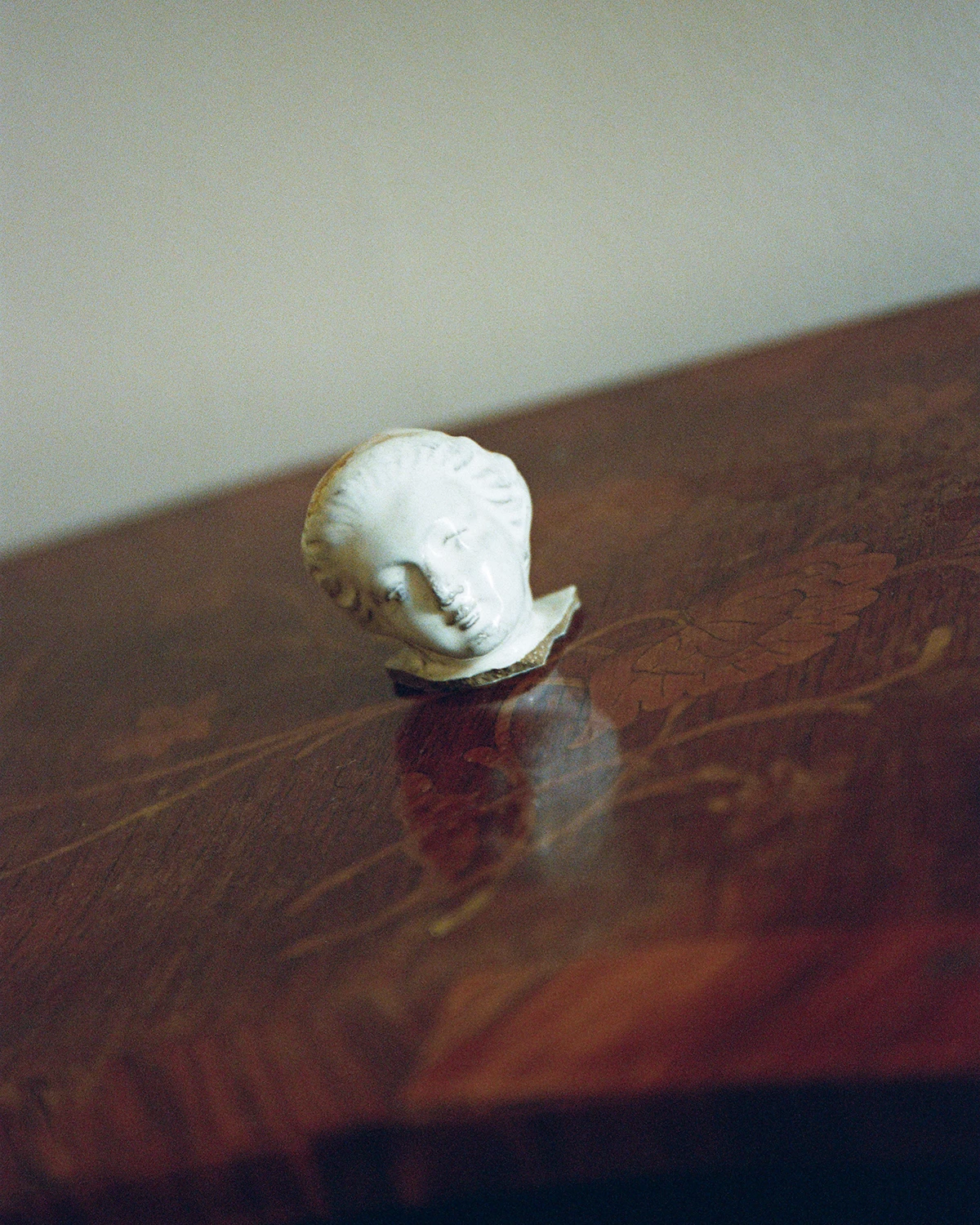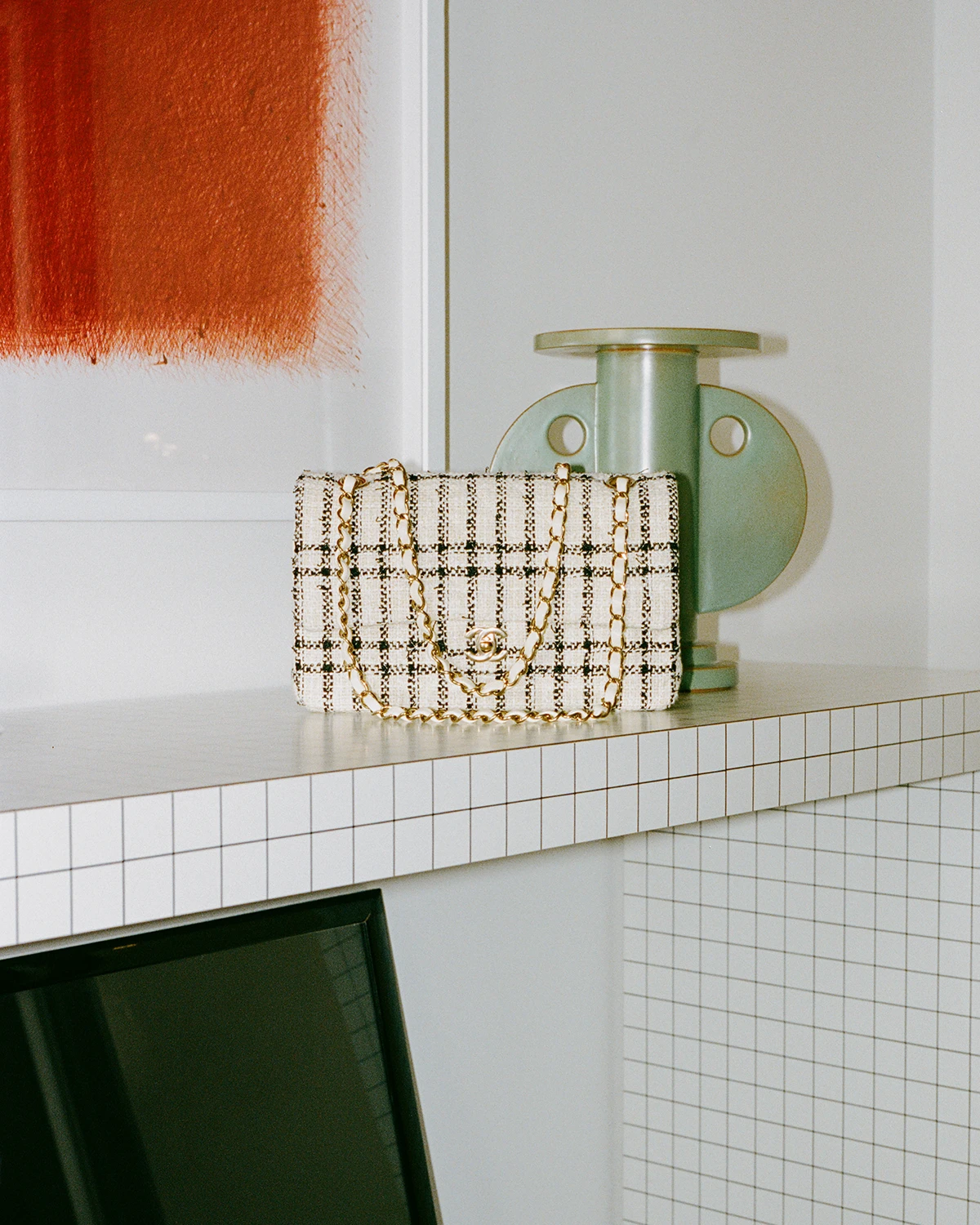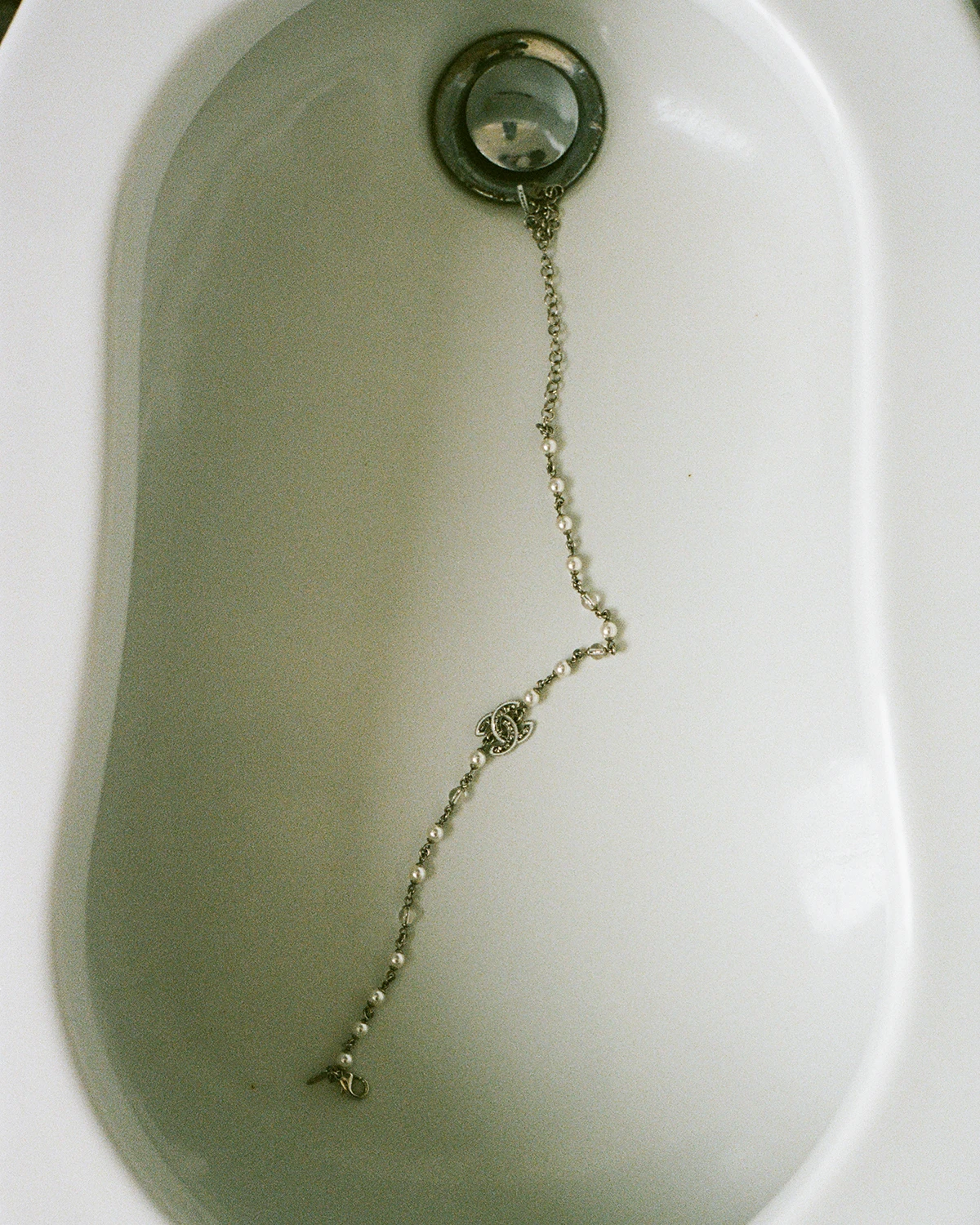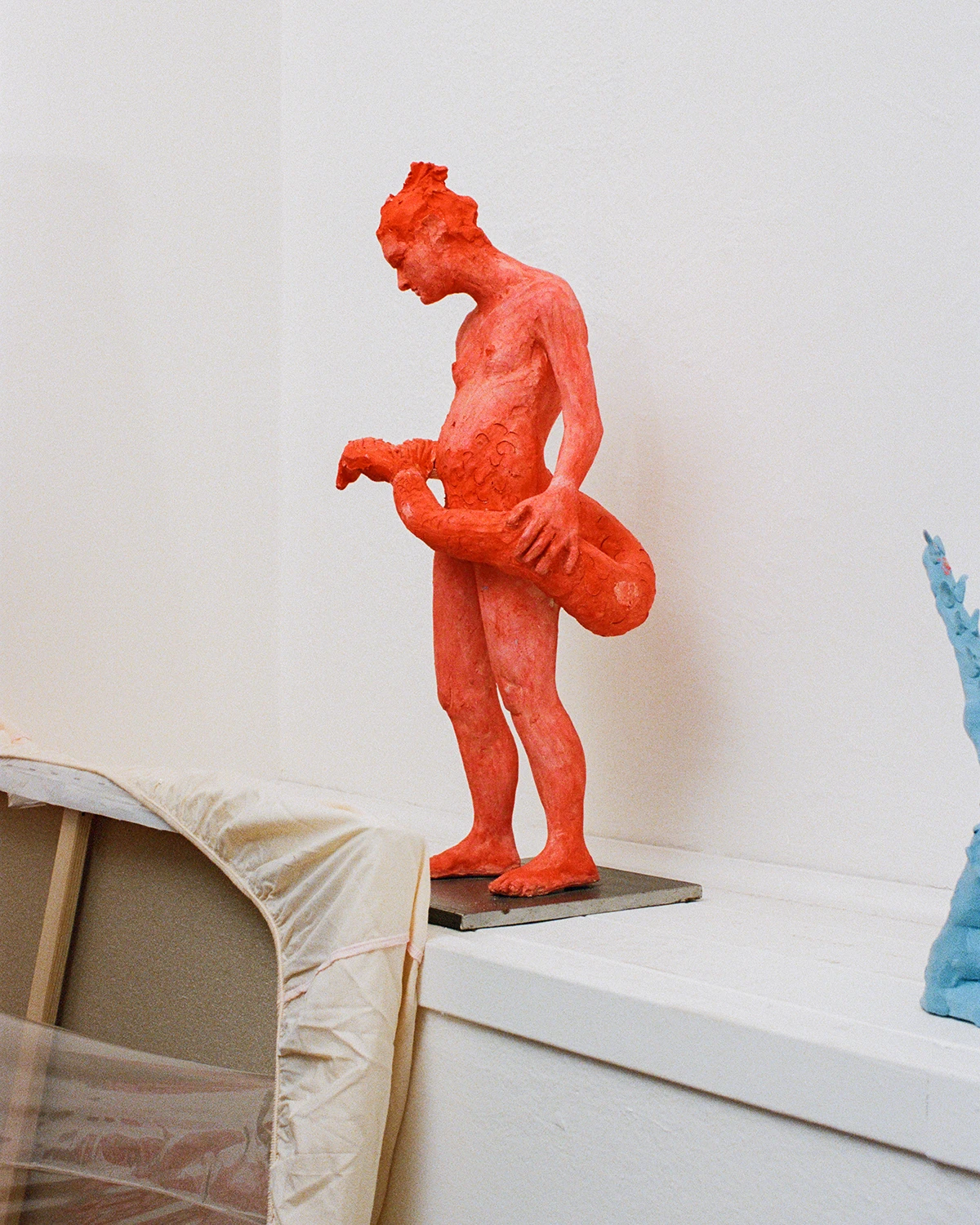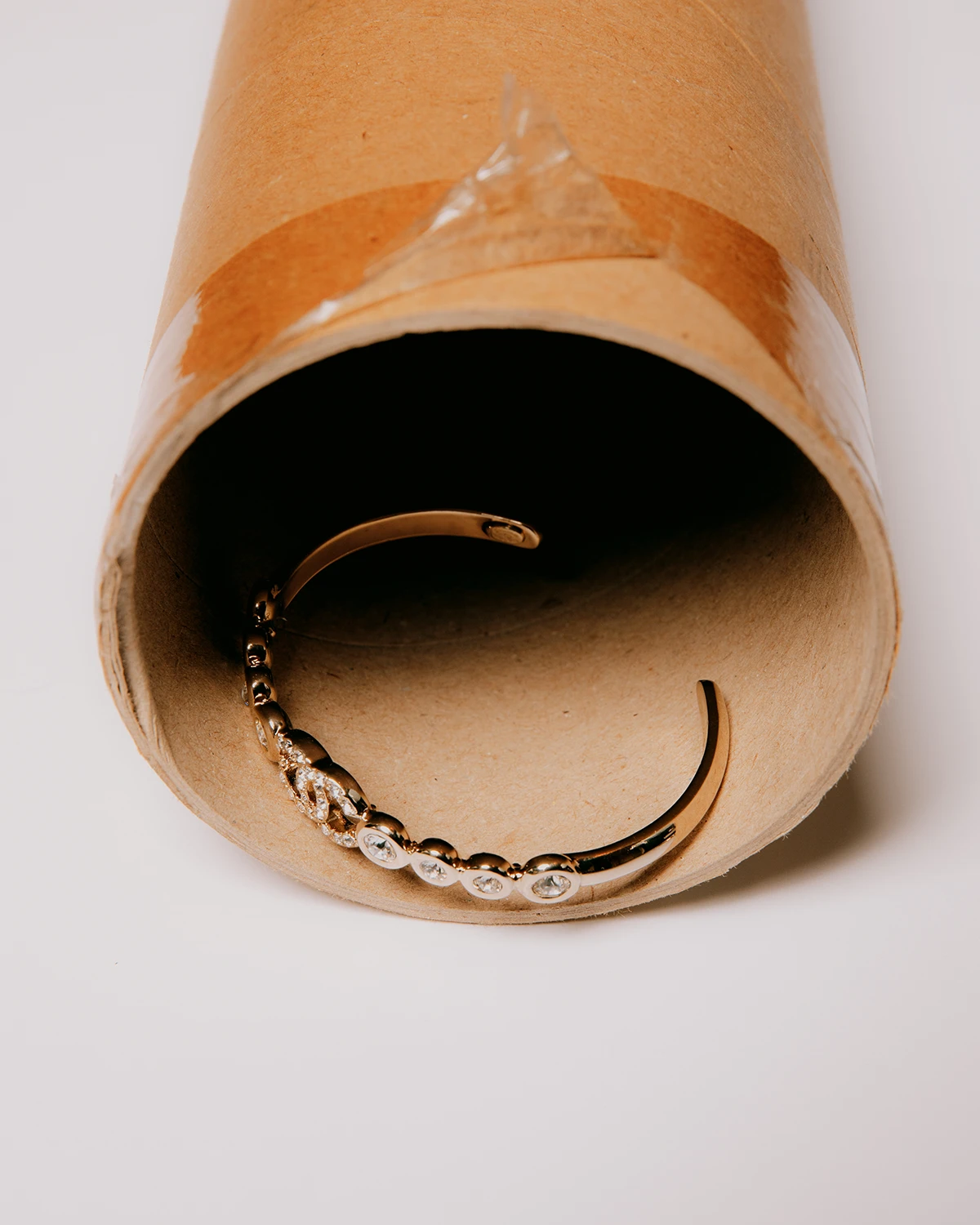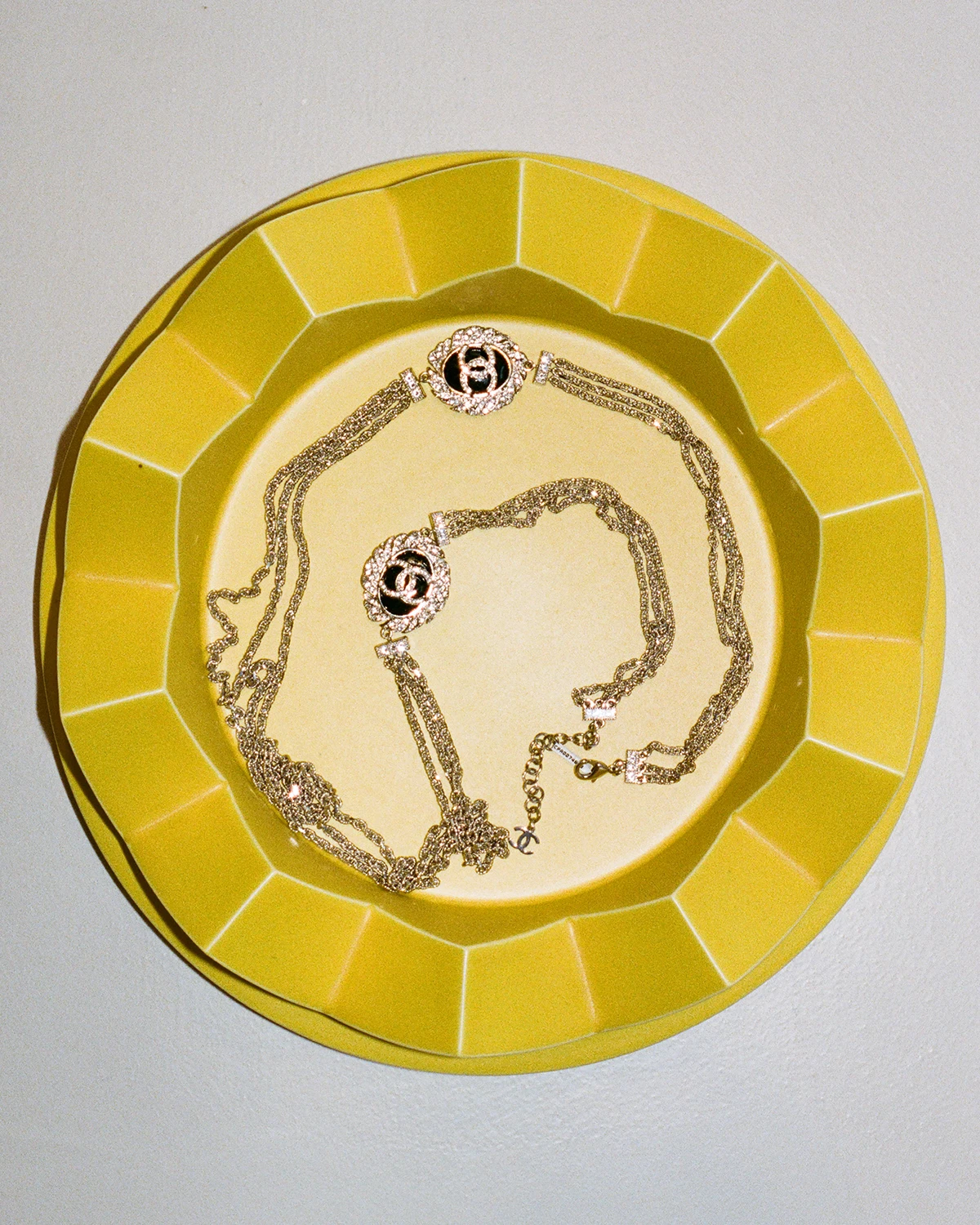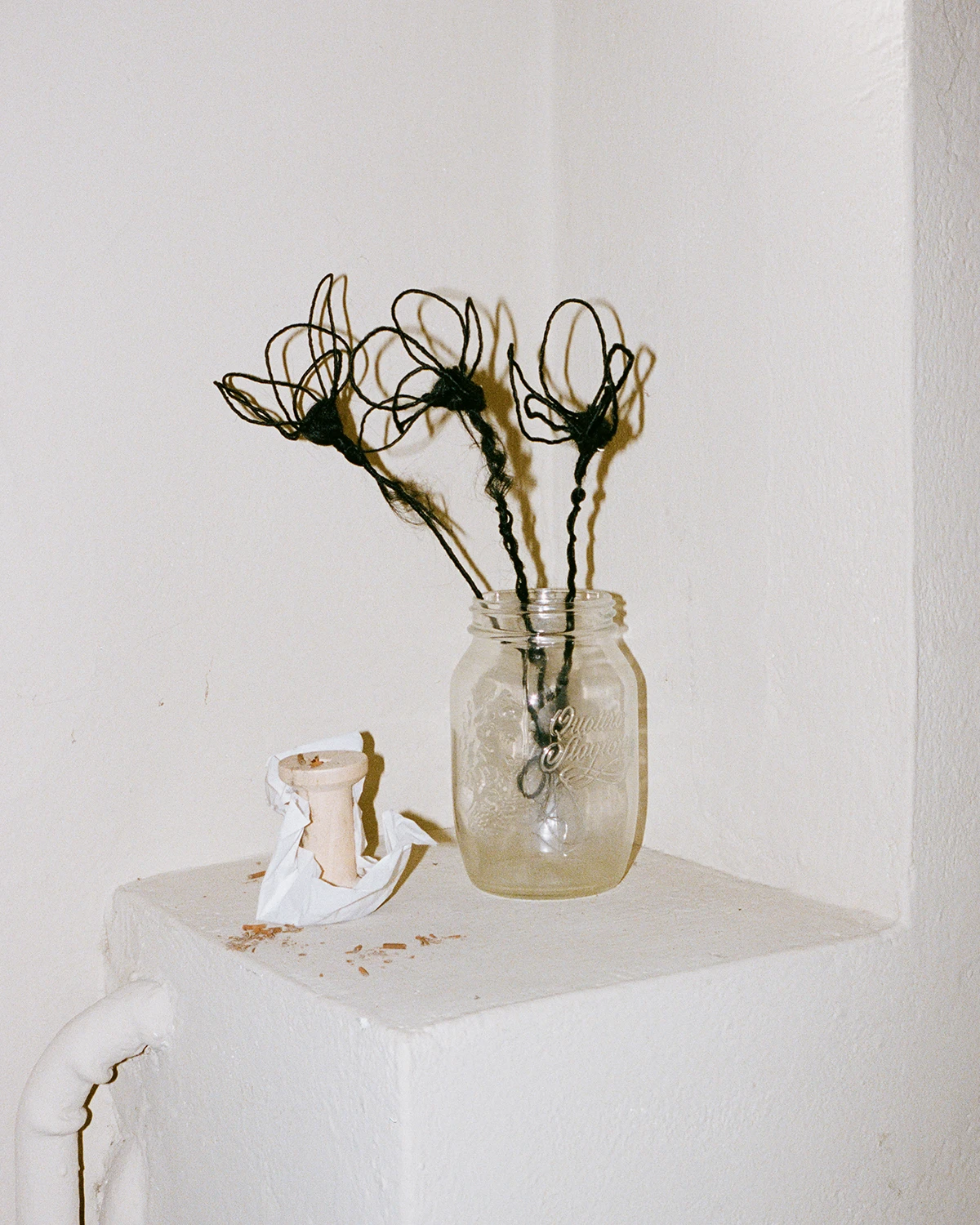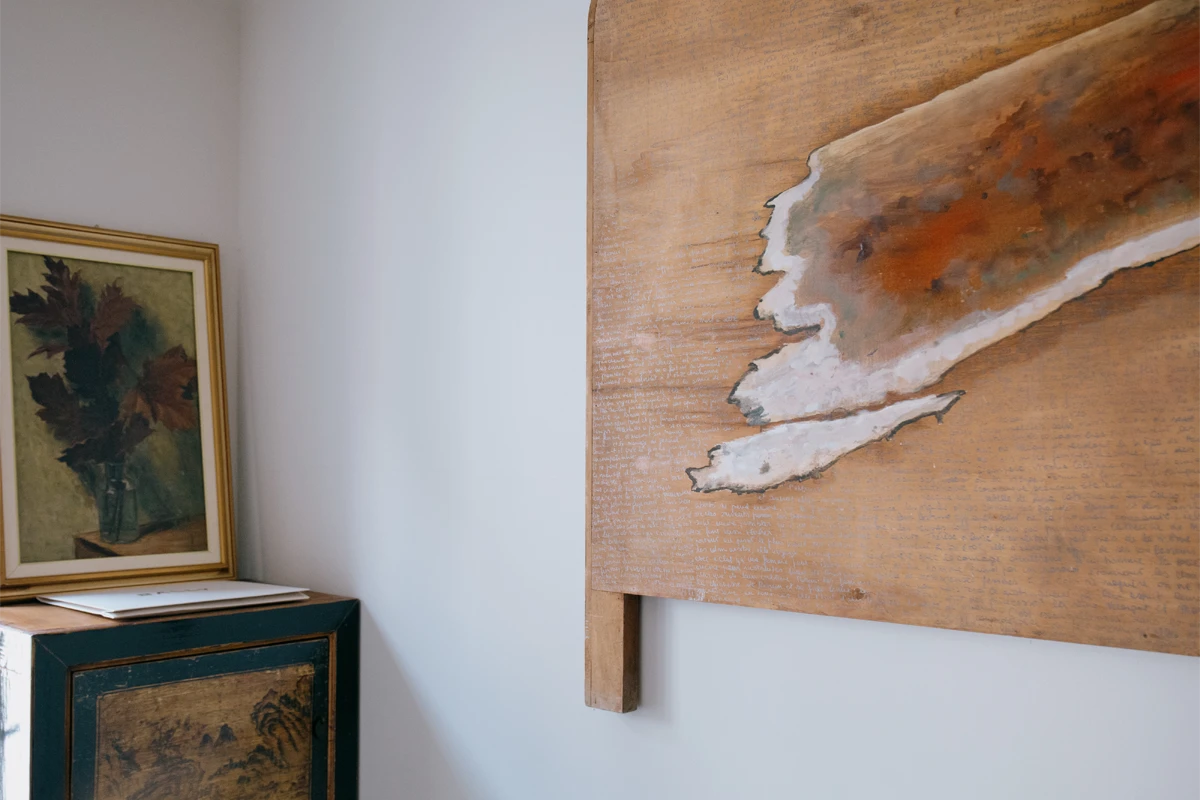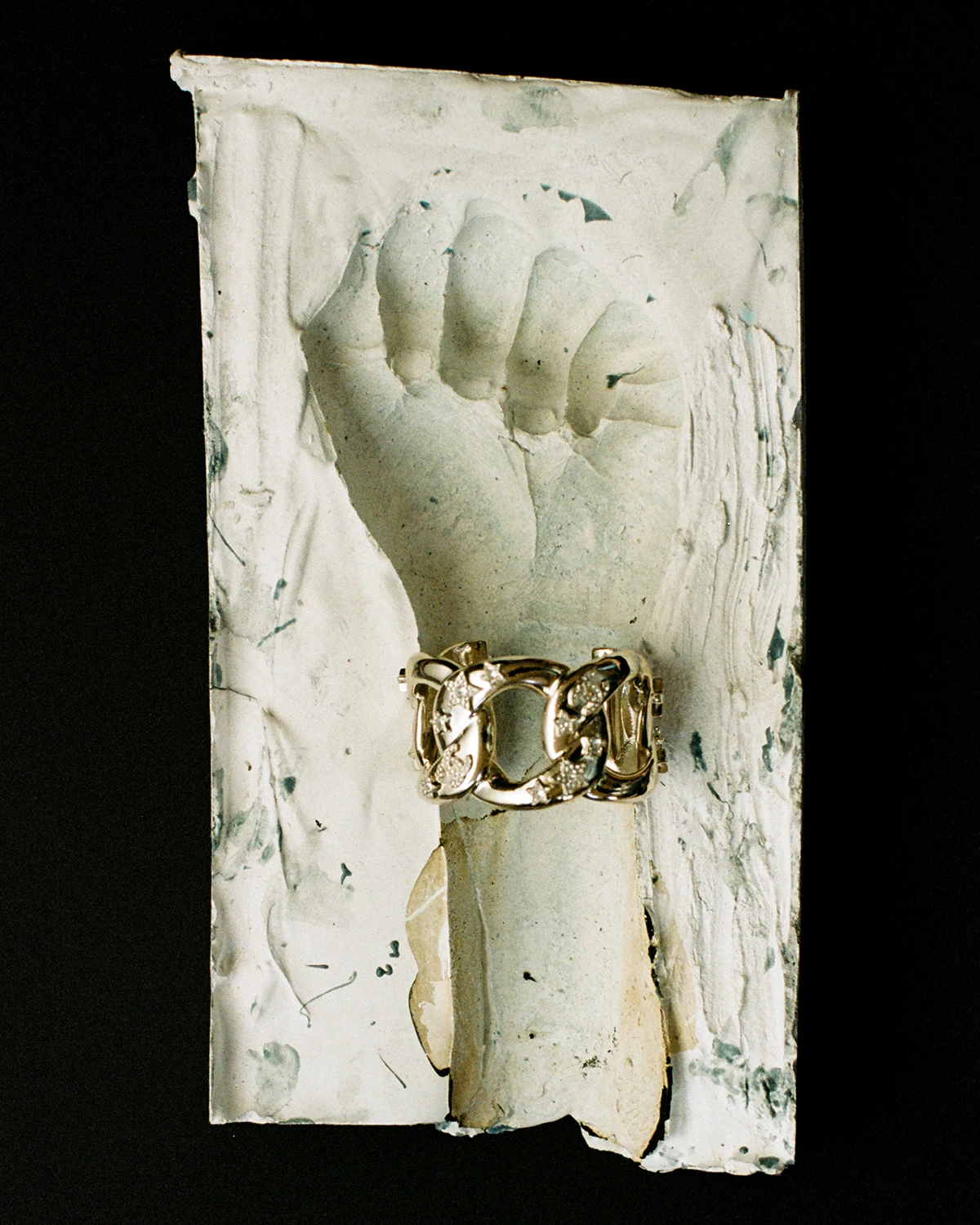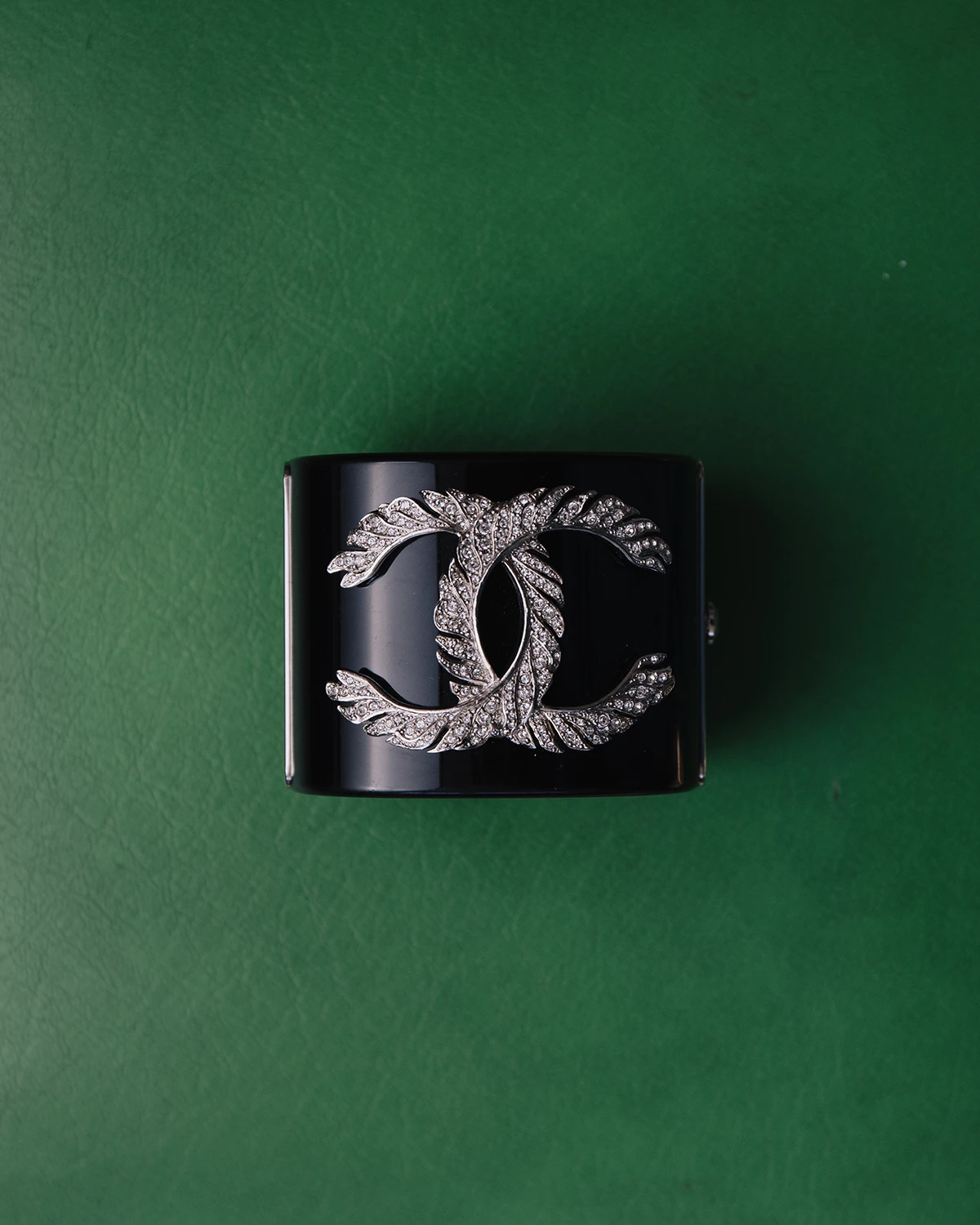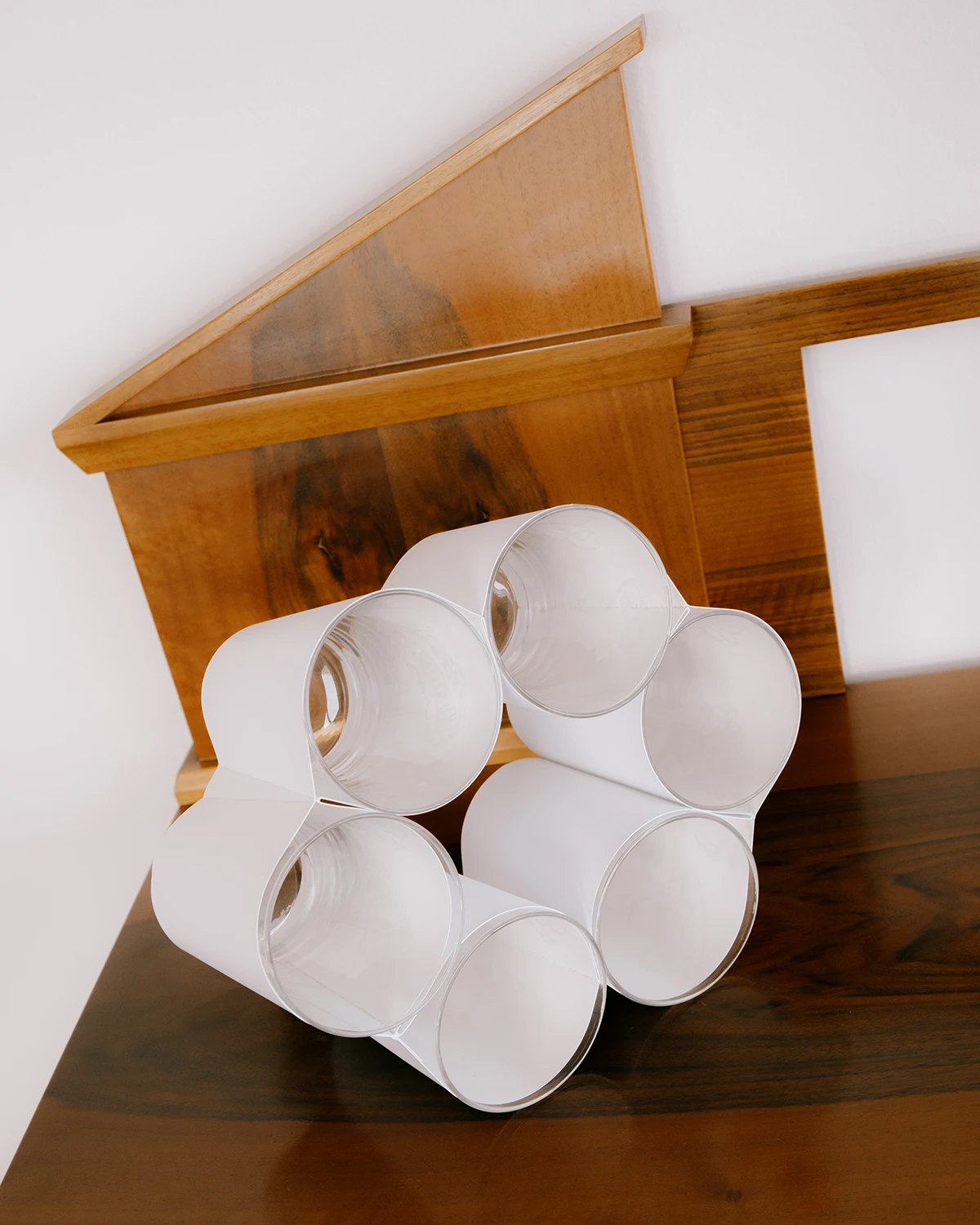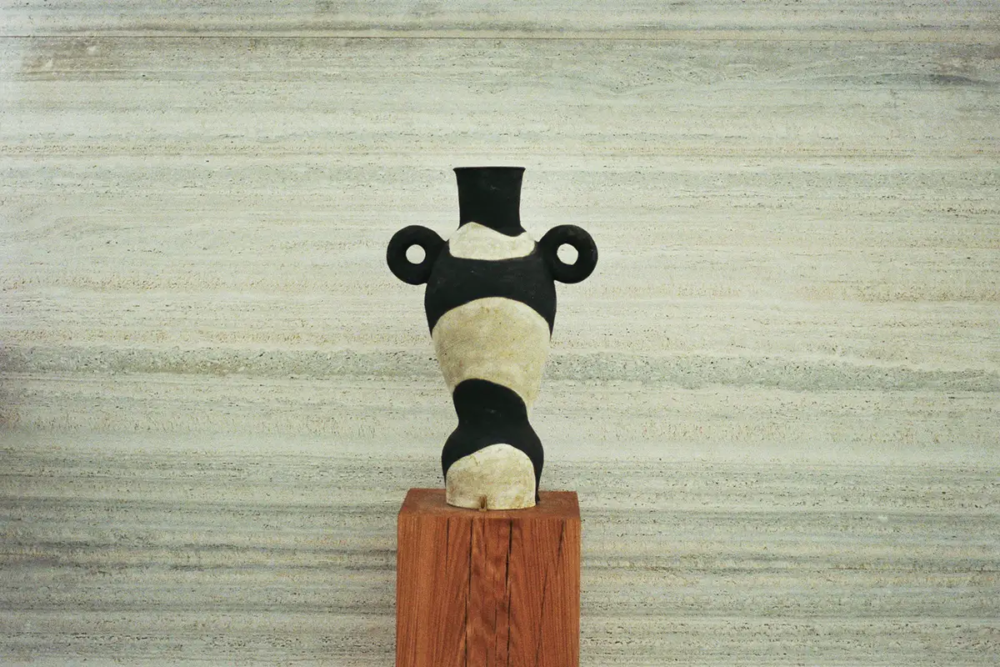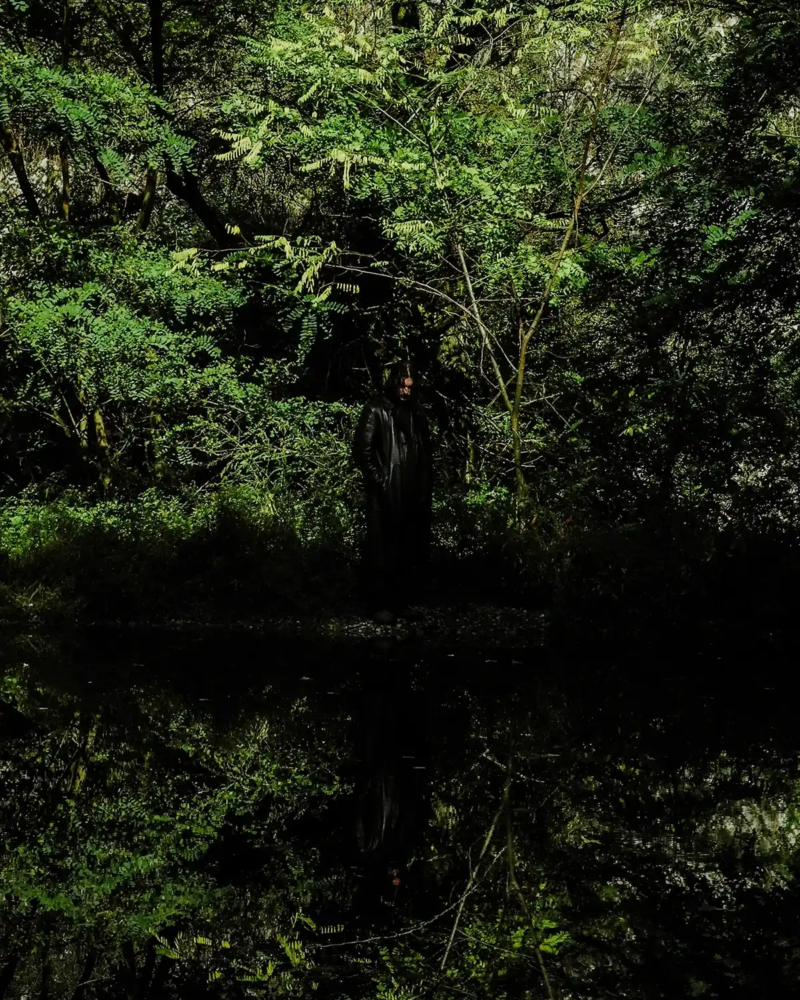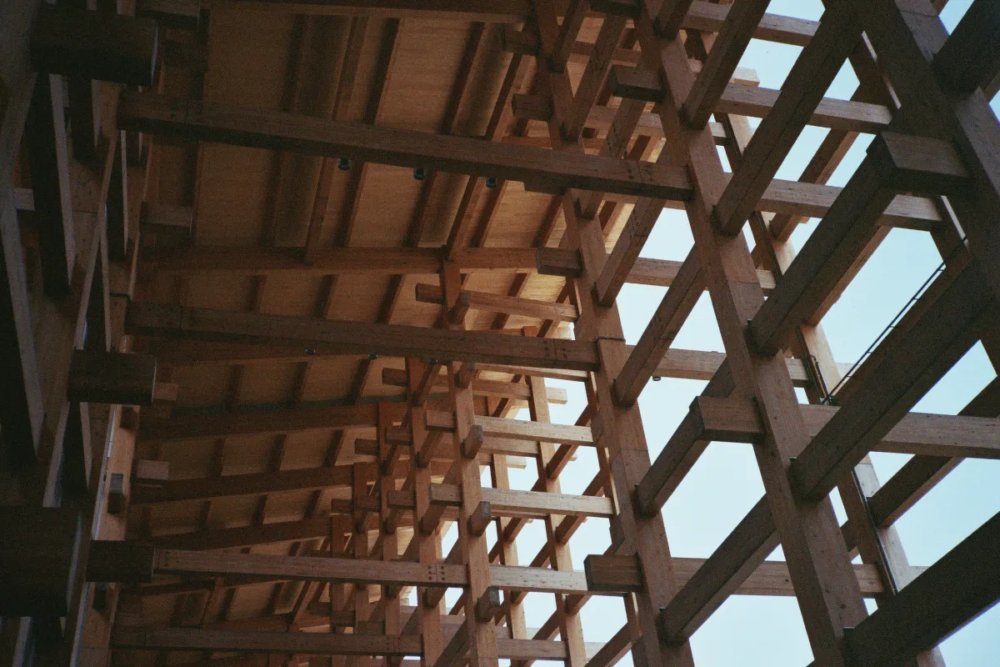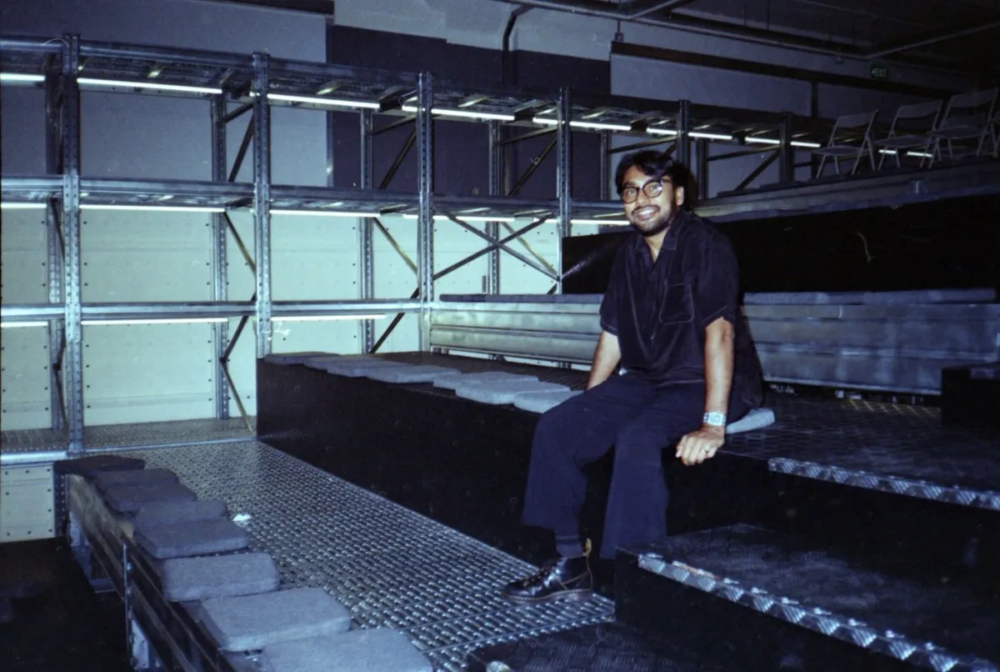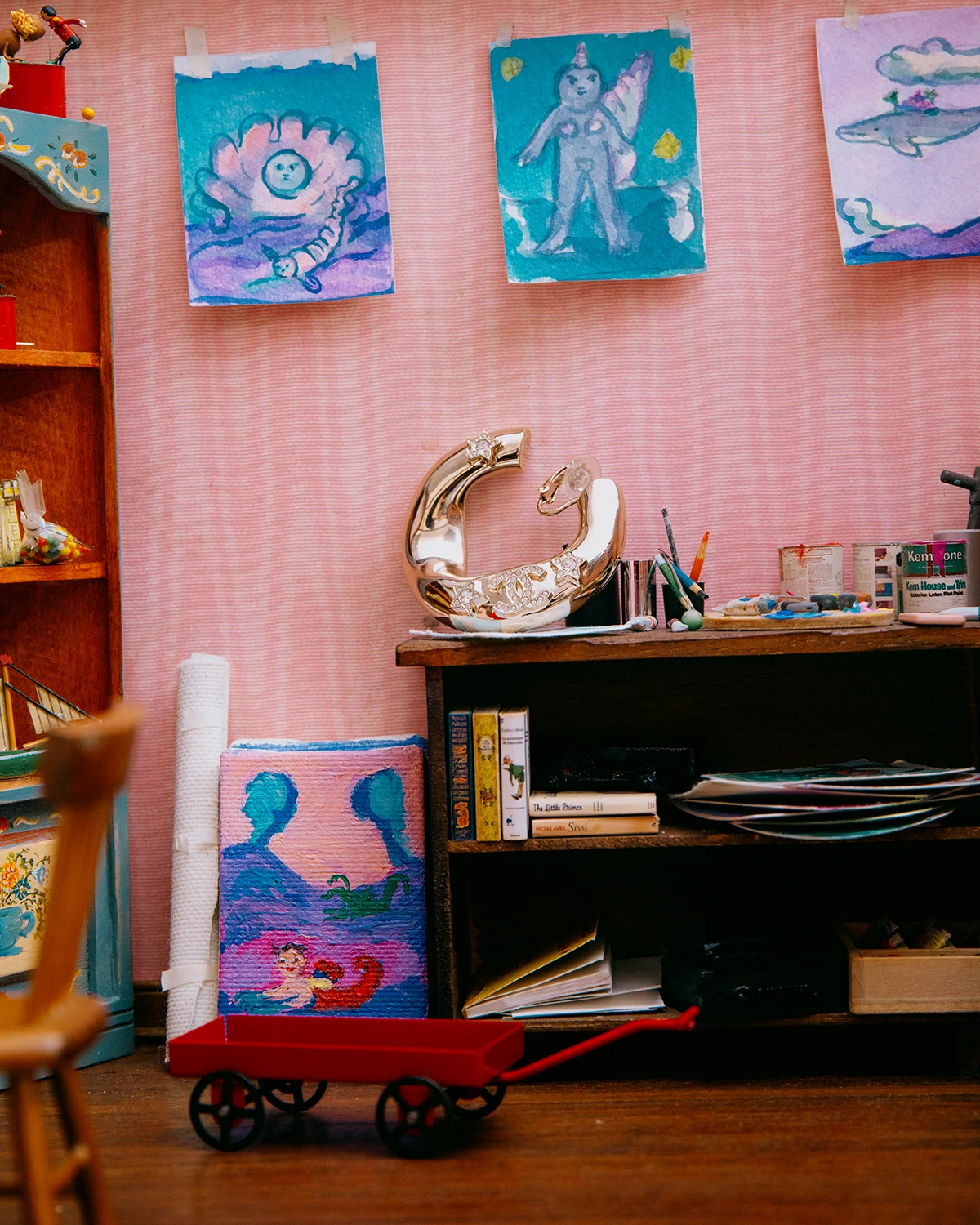
The Culture of Curiosity: Global Creatives on Raw Freedom and Responsible Innovation
Seven talents from the creative scene bring their vision to a Chanel special for Lampoon 31: from meme semiotics to feminist fantasy, each voice champions tactile experience and autonomy over commercial conformity
Independent Creativity & Sustainable Practice – Selva Barni
Selva Barni / Editor, Curator
When the Rubber Band Breaks. Roughness, imperfection, and doubt.
Looking, listening, reading, tasting, smelling, and touching.
Independence is an instinct. You are born that way. If you are independent, you’re compelled to live and work accordingly – thinking with your own mind, taking risks, and enjoying mistakes. It is challenging and scary, but mostly rewarding. The same applies to projects, which are always driven by research, fun, and the desire to find your own angle and voice. Always consider the economy as a tool, never as a guiding principle or goal.
As soon as we realized that with Fantom magazine we had said what we wanted to say and that we could use our resources and time together in other ways, we discontinued the publication. We began curating exhibitions, fairs, and festivals.
What counts is the recognition of your peers – artists, critics, gallerists, collectors, institutions, and other publishers – when they look out for you and want to work with you. The other day, I was sitting at dinner with Guido Guidi and Ramak Fazel at my gallerist friend Irene Crocco’s house, and I realized I must have done something right to earn their trust and be their friend and collaborator for so many years.
Roughness, imperfection, and doubt shape the space for encounters between those who create and those who complete the creation by looking, listening, reading, tasting, smelling, and touching. It is the space to make things your own. I like asymmetry, imbalance, and even the unfinished at times.
When we published a book by Takashi Homma, we held it together with a rubber band, knowing that, over time, it would break. The theme – and title – of the book was Widows, and that broken rubber band was a fitting symbol to represent, even in the object that is a book, the end of a bond, a tie.
I try to consume fewer products, buy better food, drive a fully electric car, use ecological, recyclable materials in what we produce, opt for vintage furniture, buy garments that last, and avoid fast fashion. Teaching is learning, especially when you work, as I do, with master’s students. It is a fluid process: you share your knowledge, and they give you the temperature – the feelings of their time.
Words collected by Victoria Genzini
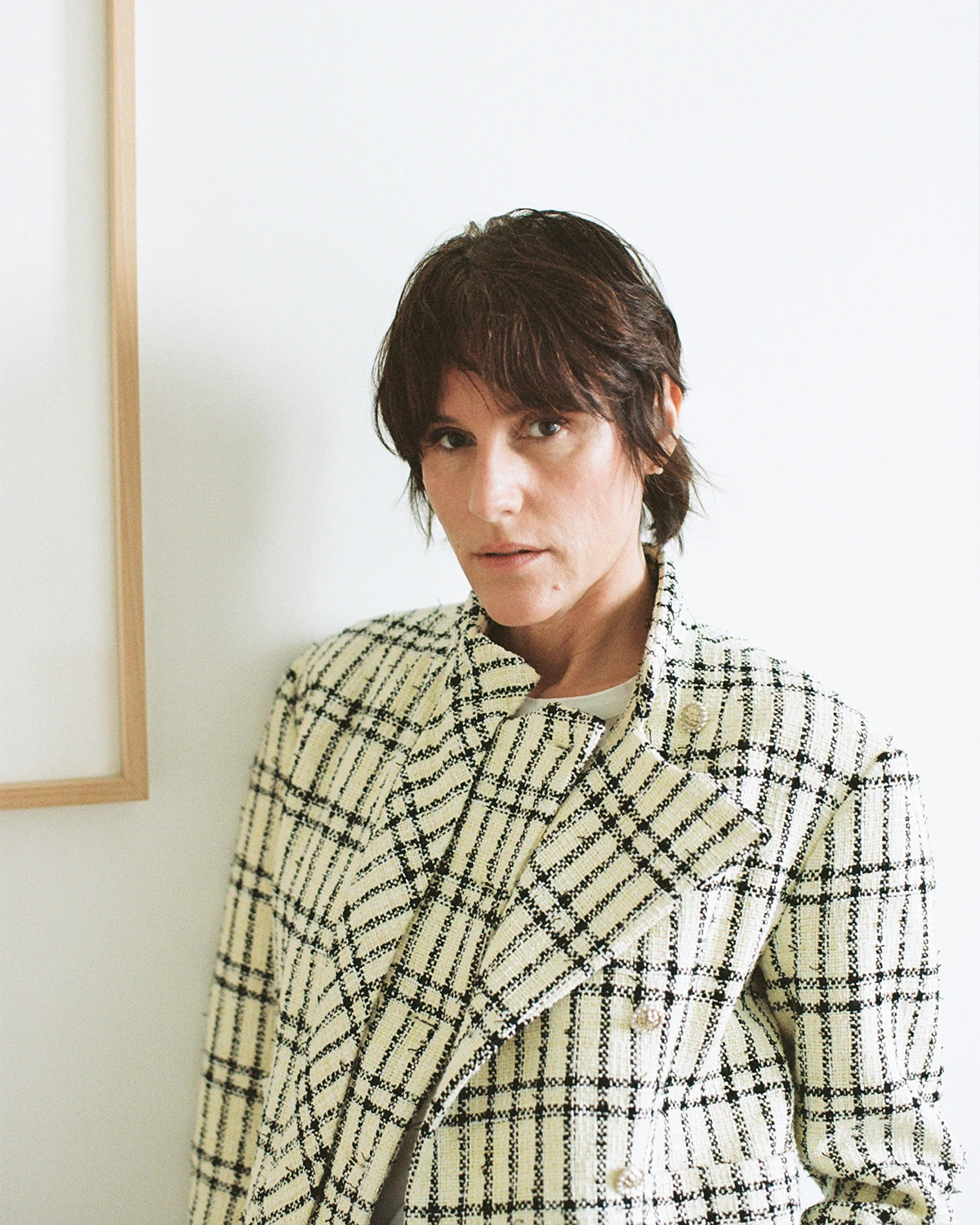
Decolonial Storytelling & Raw Materials – Binta Diaw
Binta Diaw / Artist
Provoke, take care. Who had the power to tell stories and who was silenced?
I used to work on raw materials – they have their own stories and symbolism; elements for telling new stories. They don’t need to be treated most of the time. I used to work with different kinds of soil. In the installation Chorus of Soil, at the end of the exhibition, I asked to recycle the soil, giving it for free to interested people who want to take care of the already existing buds.
I started making art because my personal identity was being questioned by my family, my two cultures. Storytelling: I am interested in how white power wrote and narrated racialised people’s stories to deconstruct them from a diasporic and decolonial point of view. Who had the power to tell stories and who was silenced? I have the privilege of opening discussions with people who want to tell their stories and construct a collective storytelling narrative.
Independence is being autonomous, not depending on someone, something, or somewhere. Identity can be personal or collective. We can feel connected to one or more cultures and it’s completely common. Belonging is depending on someone, on a place. Discussion can open between these three themes.
Artists have the power to say and do something different and unconventional. We have the privilege of having a louder voice than others. It’s our responsibility to question societal issues. I am represented by Galerie Cécile Fakhoury and Prometeo Gallery by Ida Pisani. My relationship with my two galleries is transparent. I feel confident about sharing my ideas, projects, or proposals, and they are welcomed with enthusiasm and motivating feedback. Each of them focuses on a specific task, which allows me to practice travelling and growing.
Words collected by Victoria Genzini

Global Gallery Growth & Modern Curating – Giorgia von Albertini
Giorgia von Albertini / Director Hauser & Wirth
The term curating in the way we use it today. Tracing the beginnings of Hauser & Wirth in a small living space in Zurich, evolving into a global gallery representing over ninety artists and estates.
My first job in the art world was with Swiss curator Bice Curiger, who co-founded Parkett Magazine. Her generation, born in the 1940s and 1950s, coined the term “curating” in the way we use it today. They came of age during the globalization of the art world, and the institutionalization of contemporary art over the last four decades. While working with Curiger I curated exhibitions independently, in Switzerland and South America.
Switzerland has been home to a group of modern artists such as Alberto Giacometti, Ferdinand Hodler, and Meret Oppenheim, as well as contemporary artists like Fischli & Weiss, Pipilotti Rist, and Nicolas Party.
At the same time, we are a country with a long-standing tradition of art patronage and collecting which has in turn provided ideal conditions for institutions like the Kunsthaus Zürich or the Kunstmuseum Basel.
Hauser & Wirth is a family business founded in Switzerland in 1992 by Iwan Wirth, Manuela Wirth, and Ursula Hauser, who were joined by Partner and President Marc Payot in 2000. While today it operates in seventeen locations and represents over ninety artists and estates, the gallery’s history began locally in Zurich, when in the early 1990s Iwan Wirth and Ursula Hauser launched their art dealership from the apartment Iwan was living in. At this point, they didn’t represent any artists but instead used his home to share work he admired with friends and acquaintances. Hauser & Wirth’s first exhibition took place in this apartment in Zurich in 1992, featuring Alexander Calder and Joan Miró.
In 2021, we appointed our Global Head of Environmental Sustainability, Cliodhna Murphy. We’ve been increasing transportation of artworks by sea. Shipping by ocean can save up to 90 % of the carbon compared to air freight. At the St. Moritz gallery, we highlight the local cultural history while presenting exhibitions with international reach.
The Engadin region, in which St. Moritz is located, has inspired divisionist Italian painter Giovanni Segantini or the American painter Julian Schnabel; it has been a home to Friedrich Nietzsche, who wrote Thus Spoke Zarathustra surrounded by the Engadin mountains; and hosted dancers and choreographers such as Vaclav Nijinsky. The Giacometti family is from the Bergell, a valley next to St. Moritz.
Words collected by Gabriele della Maddalena

Memes, Festivals & Contemporary Culture – Victoria Genzini
Victoria Genzini / Curator, Writer
Memes as fast-food philosophy. I hate toxic positivity, and the idea that we should all be jolly and happy despite anything. I believe in a chin-up British attitude towards problems, loathe self-pitying.
The launch of the first issue of the counterculture magazine Coriandoli, founded by Alessandro Merlo, for which I am an editor-at-large, was held at a Pizzeria during the Venice Biennale. We paid for pizza and all slept in the same flat. It rained, but the right people came by for a slice and it was a success. The festival Sapore di Mare: I never thought I would be able to put up a festival in Versilia with zero budget – but it’s now in its fifth year. After many years working as a gallerina for Massimo De Carlo between London and Milan, in the midst of the pandemic while I was stuck in Milan I created Salotto Studio with two friends. It was a two-years’ experience of fun working with artists like Lula Broglio and Jure Kastelic, musicians like Popa and brands. Memes exemplify how contemporary culture operates quickly and on superficial levels, yet it’s also a product rich in subtle meanings. It started as a way to relax, sort of vibe-curating carousels on my Instagram page to share with my friends the general mood I was capturing during the pandemic, and it grew into an almost-daily commitment and a niche but responsive community. It stems back to my passion for editorials, magazines, books, everything paper – but it translates it into a contemporary vocabulary. A lot of the sentences I use for my memes are now, for instance, the opening lines of the chapters of my first novel. It’s semiotics, it’s editorial. The meme is an image with some text. Power, simplicity, relatable.
Yes, it is rough; I make them quickly because they come from an almost subconscious place. I also archive them a lot after I have posted them because I like the idea that just like the feelings they encompass, they are meant to disappear and change. Memes are the mirror of contemporaneity because they capture and distill social, political, and cultural dynamics in a format that’s understandable and shareable. I’m transparent about rough days and rough moods. I hate toxic positivity, and the idea that we should all be jolly and happy despite anything. I believe in a chin-up British attitude towards problems, loathe self-pitying. Mental health can be rough; we must allow for rough days or times to exist, embrace them in the belief that they help us be more equipped towards life.
Words collected by Gabriele della Maddalena
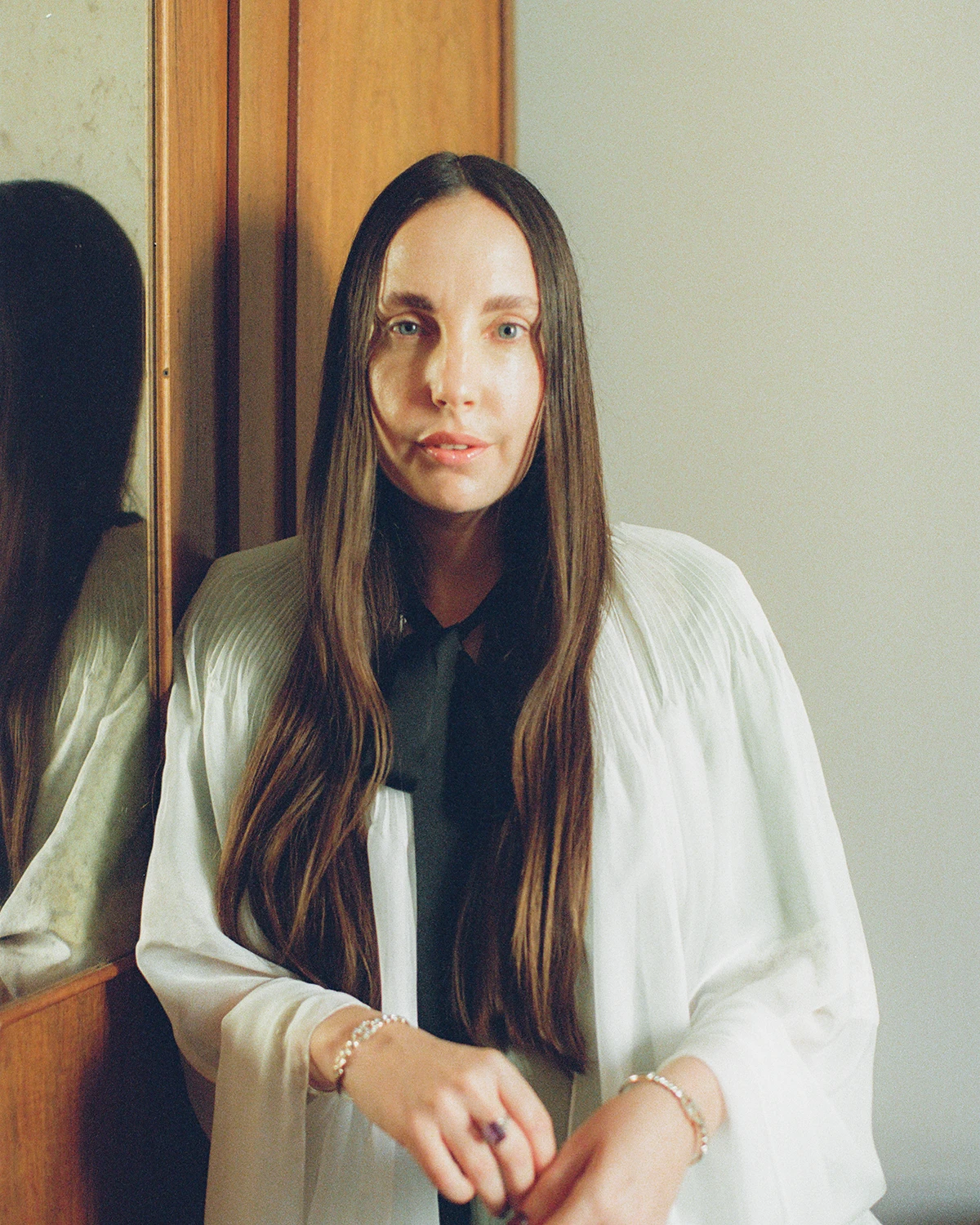
Human Error, Sustainability & Design Leadership – Maria Porro
Maria Porro / President Salone del Mobile.Milano
We’re used to renderings where everything appears perfect, with no trace of error – yet that error is a sign of humanity. Pierre-Yves Rochon, Paolo Sorrentino, Robert Wilson and Es Devlin at Salone 2025.
It depends on geography: on how we present and exhibit cultural heritage. Take the Victoria and Albert Museum. It houses Roman columns, ancient bas-reliefs, and a coffee pot designed by Alessandro Mendini, all under one roof, without separating them. In 1945, Bruno Munari produced only nine copies of a seat inclined at 45°, ironically suggesting you shouldn’t linger too long.
Wood comes from forests. If a woodpecker has pecked the trunk, the grain will be different there. If it has rained a lot in the forest, the wood will take on a different color. My uncle Silvio had rough hands. He lost many fingers working with wood. That was common in his day; now safety standards prevent it. Those were the rough hands I used to shake as a child. Roughness lies in the encounter between experimentation and a wooden board, a natural material. Quality is about the human ability to highlight what Mother Nature gives us. We do a lot of digital work these days, but ultimately it’s our hands and our eyes that confirm if a piece is made well.
There’s a lack of education in purchasing decisions. The durability of a product should outlast our immediate need for it, so it can then be used by others. I wear my grandmother’s clothes and have objects at home that belonged to my great-grandparents. It’s a family tradition that also serves as a form of investment. The problem is purchasing power that leads to accumulating lots of items throughout the year – often all plastic: bottles, containers, bags – which are soon thrown away. The total cost of all that stuff would eventually match the price of a single object designed to last, respecting the raw materials used to make it.
I was elected President of the Salone del Mobile.Milano during the pandemic. The previous year’s edition had been canceled. We had to restart from scratch; it was a kind of a first time. Clearing away some dust and long-established mechanisms meant the refrain about my being a woman in this role doesn’t hold anymore. It’s been four years, four editions of the Salone.
With more than 2,000 exhibitors (38 % from abroad), the new edition of the Salone del Mobile.Milano presents a cultural program led by Pierre-Yves Rochon, Paolo Sorrentino, and Robert Wilson. Mother opens at the Museo Pietà Rondanini – Castello Sforzesco on April 6. It’s a confrontation with the unfinished nature of Michelangelo’s last work, accompanied by music by Arvo Pärt. The visitor’s journey at the Salone begins with La dolce attesa, a site-specific installation by Paolo Sorrentino (Pavilions 22–24), proceeding to Pavilions 13–15 with an invitation to discover Villa Héritage, an interior design project by Pierre-Yves Rochon.
Words collected by Federico Jonathan Cusin
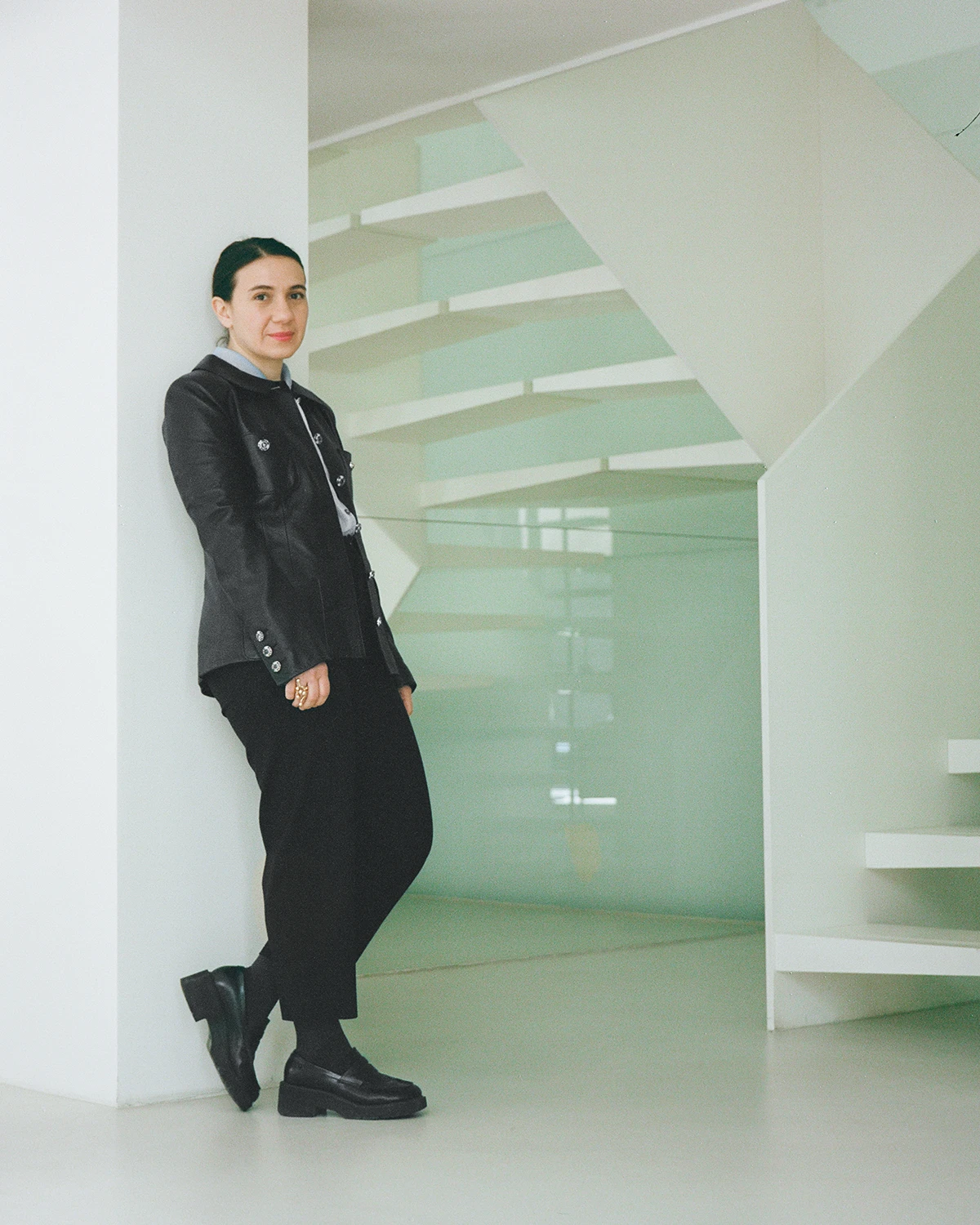
Authentic Branding & Crisis Opportunity – Anouk Jans
Anouk Jans / Creative Director of Spring Studios. Founder of ODE
Never waste a good crisis. Doubt, Imperfection to foster Independent Thinking.
Navigating uncertainty and fear, similar to a tightrope walker who relies solely on skill, experience, and balance. It comes down to understanding who you are and what you can achieve. At Spring Studios I have the opportunity to learn how to empower others to achieve their own independence as creatives—both within my team and through our talent project, ODE, a platform and print initiative. A quote from Georgia O’Keeffe: “I’ve been terrified every moment of my life, but I’ve never allowed that fear to stop me from pursuing what I wanted.” You must be ready to face rejection, criticism, and resistance.
I was captivated by images that felt perfect, surreal, and dream-like. My perspective has evolved, particularly through my creative conversations with Carlo and Alessandro, the minds behind Lampoon. I learned to not only appreciate roughness but to actively seek it out. I often found myself fearful of imperfections in both life and work. This new perspective has been liberating for me. Embracing roughness allows us to capture genuine moments rather than stage them. In an era marked by AI and economic uncertainty, we need truthful rawness—in fashion, in image making, and in life.
I’ve never understood how some people can claim that business isn’t personal. Whether it’s a meeting, a project, or a moment in life, I strive to be my most unfiltered self.
It requires courage and bravery to be raw and real, as it often comes with emotional vulnerability and imperfections. For the next issue of ODE, I found inspiration in my conversations with Ilenia Durazzi. We’ve curated talents who challenge conformity in the industry, steering clear of the “perfect image” that clients might readily grasp. Together, GianMario Motta and I established ODE to discover, curate, and empower creatives. We recognized a significant lack of opportunity, visibility, and freedom for young talent capable of producing creative work. This inspired us to initiate ODE—a platform and print project that unites diverse voices while challenging the perspectives of clients and fellow creatives. ODE encompasses many facets: it’s a print project, an event series, a think tank, and above all, it offers brands the chance to create cultural content and narratives that truly resonate, stemming from a genuinely free, creative, and community-driven place.
In the documentary Kill Your Darlings, I found my voice. In fashion and advertising, I aim to uplift brands, while in the documentary realm, I focus on uplifting individuals. At Spring Studios, I do both.
The focus on ecology may take a hit, as brands grapple with issues they perceive as more pressing. I’m hopeful that we will rise to the occasion and prioritize sustainability in 2025. As my friend Bonnie Langedijk from HURS said, never waste a good crisis.
Words collected by Victoria Genzini
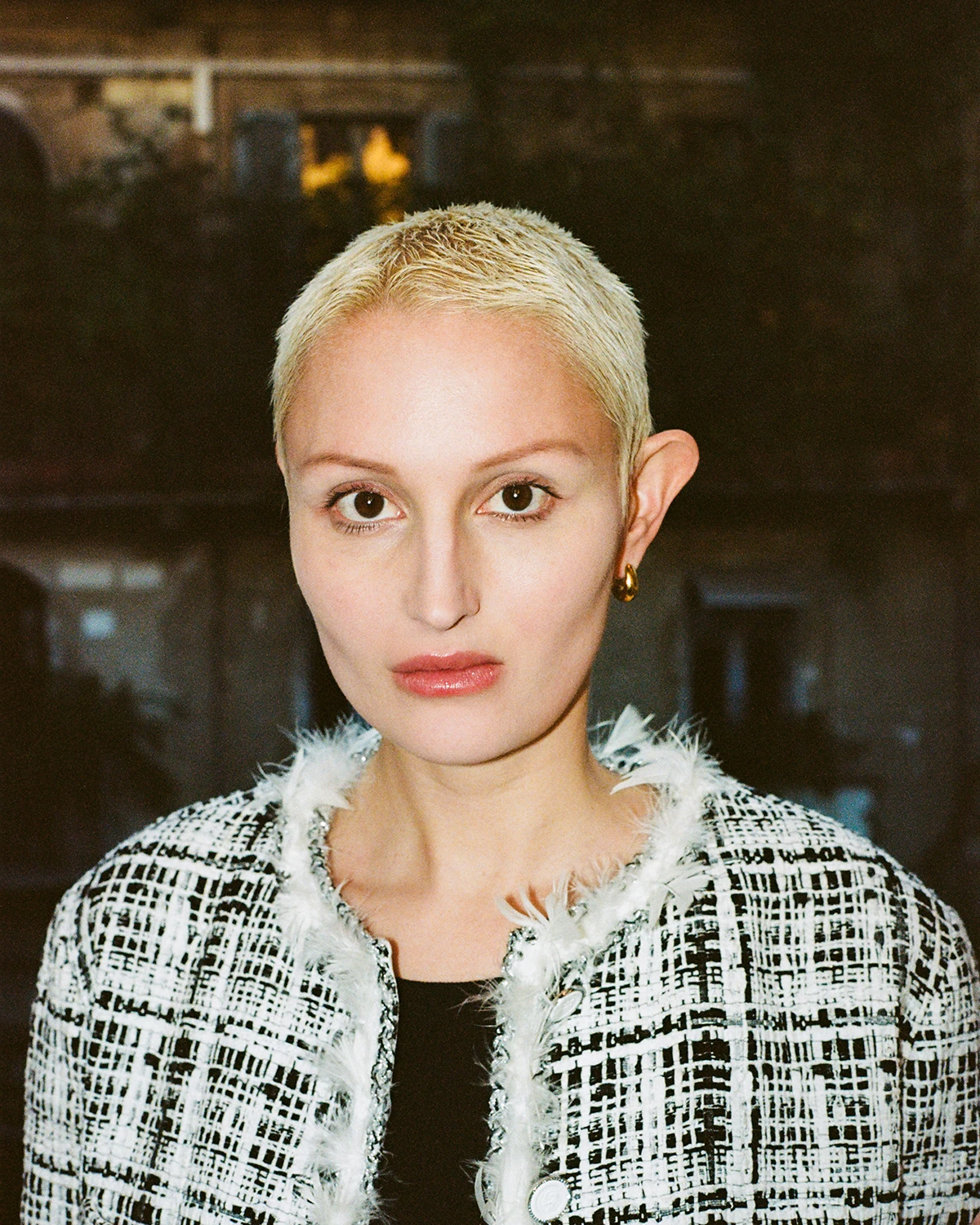
Feminist Fantasy & Materialist Mythmaking – Flaminia Veronesi
Flaminia Veronesi / Artist
Reimagining patriarchy’s demons through feminist fantasy. Today, monetary value is the recognized measure; we have lost the value of the sacred.
Monstrous feminine, isolation and social maternity. I have drawn mermaids, chimeras, hermit crabs, dragons – figures that rejoice in their own monstrosity. I see the monster as a valuable asset. The monstrous is often something we try to hide in the dark, something we fear, yet from that darkness come my totems. When someone aims to dominate you, they undermine your emotions, telling you that what you feel is not legitimate. Gaslighting severs the connection between your branches and roots, leaving you like a plant with no roots, easy to manipulate.
We can all take responsibility for life when we decide to mother – not necessarily in a biological sense, but in the sense of caring for and safeguarding life. One can mother a dog, a project, or even children who are not one’s own, and in embracing that relationship, we awaken to a much broader collective body. Autonomy starts with acceptance. Once you are able to go through pain and accept the state of things, then you can be responsible for your self, without blaming the situation on someone or something else, be fully responsible for your self yet autonomous yet free. Verbal language and symbolic language/violence within human communication. Verbal language is an expressive mode that carries inherent violence; it creates hierarchies within human communication. We need to adopt a language of images and symbols, one that unites opposites. In this spirit, I have coined neologisms to name the fantastical archetypes that accompany me. For example, Draga represents the monstrous feminine, and Pagurina symbolizes wonder. I am developing a grammar of contemporary fantasy. This matter of naming emerges from the reality of capitalist realism, which insists on perfectly efficient machines, leaving no room for intrinsic worth. Today, monetary value is the recognized measure; we have lost the sense of the sacred.
I have developed a form of materialist feminism. I aim to overturn the anthropocentric viewpoint by imagining, for instance, what it might be like to dwell in the body of a whale. I invite people to suspend their disbelief (as Tolkien once proposed), to imagine other possible worlds, and to play. Anyone whose autonomy is undermined can take refuge in what Eugen Fink calls the oasis of joy, a personal realm within the body where one can regain joy. A healthy inner world.
Men have historically confined women within a box that does not match our potential. I pour my desires into expanding that box through metamorphic archetypes. My work is driven by spontaneity and resistant to structures. I use ephemeral materials – once, I worked with clay that never solidified – and I don’t make preparatory sketches for my drawings. I follow my instincts, focusing on the joy the process brings. Engaging with the absurd helps me to tune in to the world’s frequency. Myths continue to speak to us more powerfully than any rational discourse could.
Words collected by Gabriele della Maddalena
